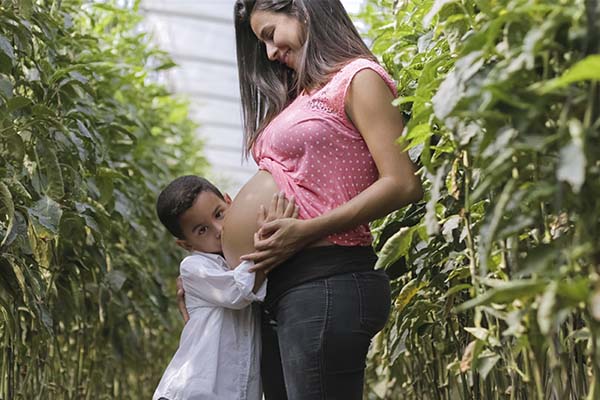Maternal and Child Nutrition Observatory - Dec 7, 2020 - 2 Min read
How much time should be allowed to elapse between pregnancies?
Updated: Jan 26
It is important for each woman to know how long she has to wait between pregnancies (better known as the inter-gestational period). The World Health Organization (WHO) recommends that women who wish to have a next pregnancy should wait at least 18 months, since a pregnancy before 18 months has a higher risk of complications, such as premature birth, premature rupture of membranes, low birth weight babies and/or decreased intrauterine growth (1).
WHO recommends waiting 18 months between pregnancies to reduce the risk of complications.

A new pregnancy with a period of less than 6 months has more complications, such as: genetic malformations and small fetus for gestational age. On the other hand, in those women who leave a period longer than 60 months between pregnancies, a higher risk of delivery before 37 weeks of gestation, low birth weight, congenital malformations and arterial hypertension during pregnancy (preeclampsia / eclampsia) has also been detected(1).
New pregnancies younger than 6 and older than 60 months are at risk of complications.
Therefore, to avoid the aforementioned complications, the WHO has focused on creating contraceptive measures and family education to raise awareness so that each family can better plan a new pregnancy in the optimal recommended period, thus reducing the risk of complications in both the mother and the baby (2).
Family planning is essential for a successful pregnancy.
References
- Zavala GA, Ortiz RH, Salomon KJ, Padilla AC, Preciado RR. Intergestational period: review of the literature. Rev Chil Obstet. 2018;87(1): 52-61.
- Narea MV, Rodríguez BK, Bohórquez M, Jiménez VG. Maternal complications in patients with short intergestational period. Prosciences. 2020;4(33)62-8.
Recent Entries:

Preconception care

Ideal biological conditions for a successful pregnancy